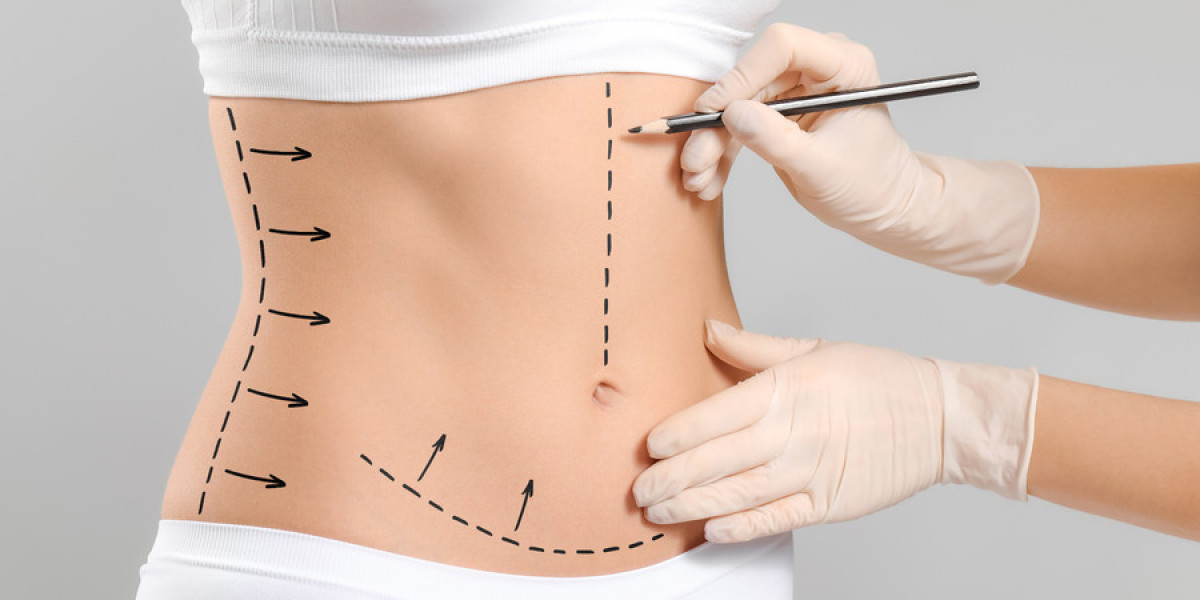A tummy tuck, or abdominoplasty, is a major surgical procedure that involves removing excess skin and fat from the abdominal area while tightening the underlying muscles. Like any surgery, successful recovery depends on several factors, including the patient’s overall health, adherence to post-operative instructions, and lifestyle choices. One of the most significant factors that can negatively impact healing after a tummy tuck is smoking. Smoking has well-documented effects on circulation, tissue oxygenation, and immune function, all of which play crucial roles in the body’s ability to heal after surgery. Understanding how smoking affects tummy tuck recovery can help patients make informed decisions and improve their surgical outcomes. Many people consider a Tummy Tuck in Islamabad to achieve a flatter and more toned abdominal appearance.
Reduced Blood Flow and Oxygenation
One of the primary ways smoking affects recovery is by impairing blood flow. Nicotine, a major component of cigarettes, causes blood vessels to constrict, reducing the amount of oxygen-rich blood that reaches tissues. Proper oxygen delivery is critical after surgery, as the body relies on it to repair tissues, produce collagen, and fight infection. Inadequate oxygenation can slow the healing of incisions, increase the risk of wound complications, and compromise the overall results of a tummy tuck.
Carbon monoxide, another harmful component of cigarette smoke, binds to red blood cells more readily than oxygen. This further reduces the oxygen supply to tissues, compounding the negative impact on healing. When combined with nicotine-induced vasoconstriction, smokers face a significantly higher risk of delayed wound healing compared to non-smokers.
Increased Risk of Complications
Smoking increases the likelihood of several post-operative complications. One of the most serious is tissue necrosis, which occurs when areas of the skin or underlying tissue do not receive enough oxygen and die. Tissue necrosis is particularly concerning after a tummy tuck, as the procedure involves extensive incisions and manipulation of abdominal tissue. Necrotic tissue may require additional surgery for removal, prolonging recovery and increasing the risk of infection.
Other complications that smokers are more prone to include seromas (accumulation of fluid under the skin), hematomas (collection of blood), and wound dehiscence (reopening of the incision). Each of these complications can delay healing, create additional scarring, and potentially affect the aesthetic results of the procedure.
Impaired Immune Function
Smoking negatively affects the immune system, reducing the body’s ability to fight off infection. After a tummy tuck, the risk of infection is higher if the immune response is compromised. Even minor infections can lead to delayed healing, increased discomfort, and, in some cases, the need for antibiotics or additional surgical interventions. Maintaining a strong immune system is essential for optimal recovery, and smoking directly undermines this critical aspect of healing.
Impact on Scar Formation
Proper wound healing also influences scar quality. Reduced oxygenation and impaired collagen production in smokers can lead to thicker, raised, or more noticeable scars. Smoking can cause the skin to become less elastic and more prone to irregularities, further affecting the final appearance of the tummy tuck. Patients who smoke may find that their scars take longer to fade and are more prominent than those of non-smokers.
Prolonged Recovery Time
Because smoking interferes with tissue healing, smokers often experience longer recovery periods after a tummy tuck. Swelling, bruising, and discomfort may persist for an extended time, delaying the return to normal activities. The overall timeline for resuming exercise, work, or other physical activities can be significantly longer for smokers compared to non-smokers, impacting both physical and emotional recovery.
Increased Risk of Anesthesia Complications
Smoking also affects how the body responds to anesthesia. It can lead to reduced lung function, increased risk of respiratory complications, and slower metabolism of anesthesia drugs. These factors can complicate the surgery itself and may require additional monitoring during and after the procedure.
Recommendations for Smokers
Surgeons universally advise patients to quit smoking well before undergoing a tummy tuck. Many recommend stopping at least four to six weeks prior to surgery and continuing abstinence for several weeks post-operatively. This allows the body to restore better blood flow, improve oxygenation, and enhance immune function, all of which contribute to safer surgery and faster healing.
Support strategies for quitting may include nicotine replacement therapy, counseling, or joining smoking cessation programs. Even temporary cessation before and after surgery can significantly reduce the risk of complications and improve overall outcomes.
Conclusion
Smoking has a profound negative impact on tummy tuck recovery, affecting blood flow, oxygen delivery, immune function, and tissue healing. Smokers face increased risks of complications such as wound dehiscence, tissue necrosis, infections, and poor scar formation, as well as prolonged recovery times and anesthesia-related challenges. Quitting smoking before surgery, ideally several weeks in advance, is one of the most important steps a patient can take to ensure a smooth recovery and achieve optimal aesthetic results. By understanding the effects of smoking and taking proactive steps to stop, patients can significantly improve their safety, healing, and overall satisfaction with their tummy tuck procedure.













